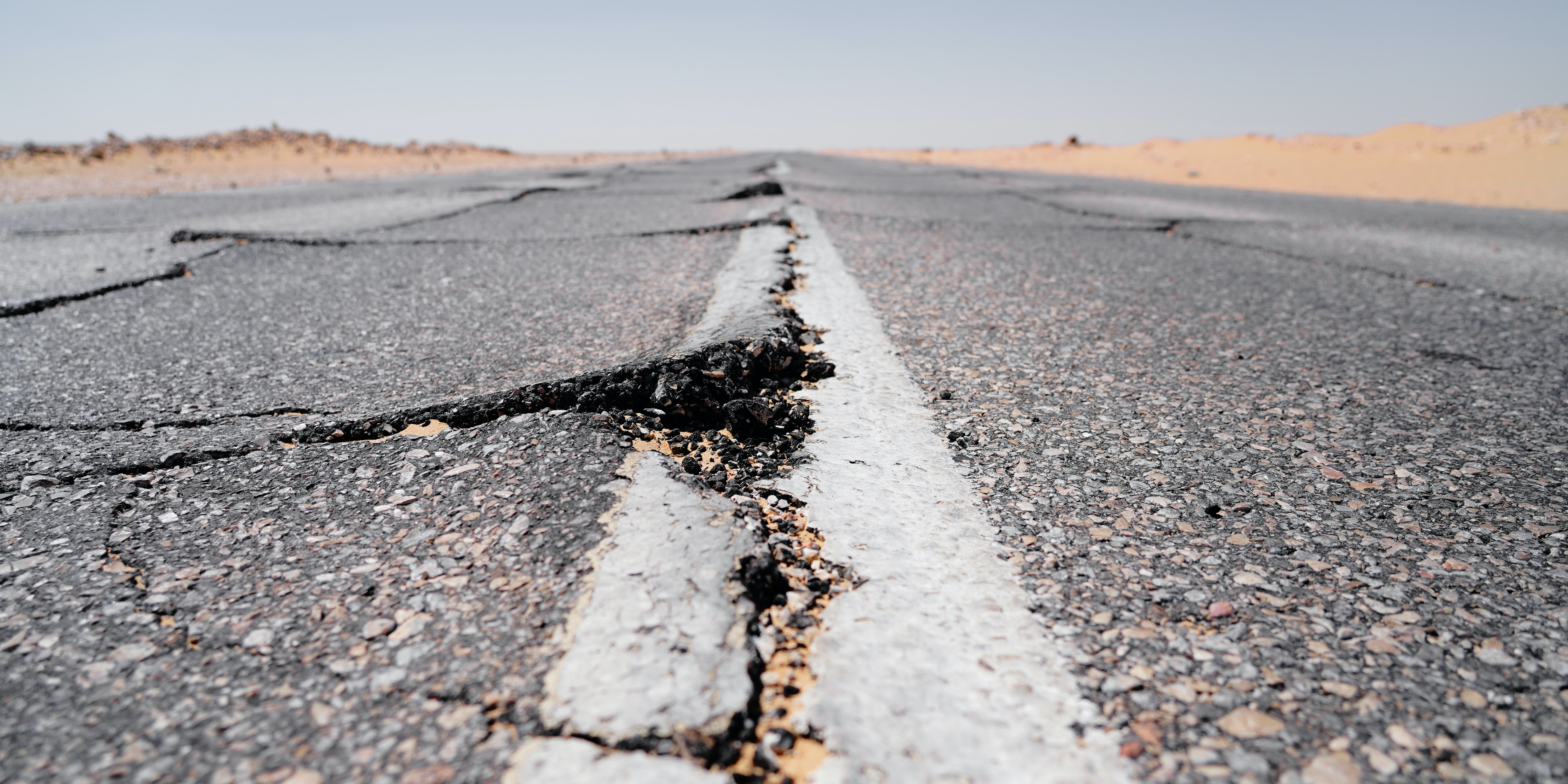At present, it is difficult to call the earthquake warning industry sufficiently advanced. No matter how hard modern scientists try, the maximum amount of time that people at the epicenter of an earthquake can be warned is still minimal. However, there is a technology in place that is able to recognize an incipient earthquake and notify at-risk people seconds before the shaking starts. This technology is called distributed acoustic sensing, or DAS.
Currently, one of the objectives in investments in DAS systems for seismic purposes is to use acquired data for optimization in designing modern houses and buildings to easier deal with earthquakes.
As at Wires&Bytes we strive to benefit society first and foremost, we feel the contribution in producing fiber optic cables which make an indispensable part of DAS system. Though the field is still in its infancy, DAS could tap into the fiber optic cables buried under our feet as a sprawling, ultra-sensitive network for detecting seismic waves. These cables are used for telecommunications, but they can be repurposed for sensing earthquakes and volcanic eruptions because the ground movement slightly disrupts the light traveling through the cable, creating a distinct signal.
One of the first applications of this technology was demonstrated by Japanese scientists after the Hokkaido earthquake in 1993. They noticed that data from optical cables in the disaster area showed strong vibrations and decided to use this information to create a warning system for possible earthquakes. Subsequently, this technology became more advanced and was widely used in other regions of the world at risk of earthquakes.
For example, here’s how Google’s system ShakeAlert works in USA: when an earthquake occurs, it sends softer seismic waves, known as P waves, through the ground. Not everyone in the earthquake area will feel these, but a network of 1,300 USGS sensors do. When four sensors are simultaneously triggered, they send an alert to a data processing center. If that data meets the right criteria, the ShakeAlert system determines that stronger S waves, the kind that can cause damage and hurt people, could be on the way. It’s then that warning systems will interpret the data and send out alerts.
Wires&Bytes manufactures a range of cables for structural health monitoring which can be integrated into sensing systems to detect earthquakes, volcanic eruptions and other ground movements. The most versatile of the cables in this group is Non-metallic MultiSense, as it combines all types of distributed sensing (DTS, DAS, DSS) in one design and it is also characterized by increased acoustic sensitivity. You can find out more about this cable’s capabilities on our website.
Take care of yourselves!
